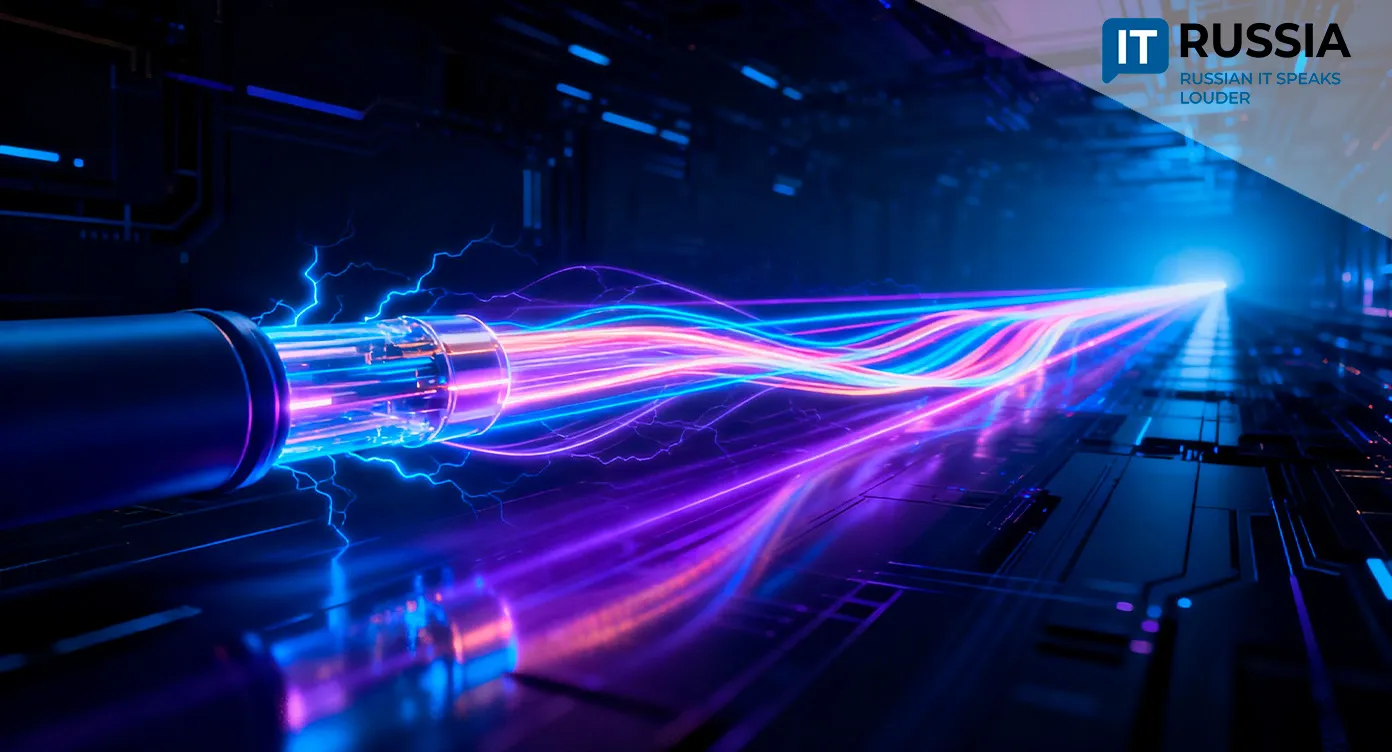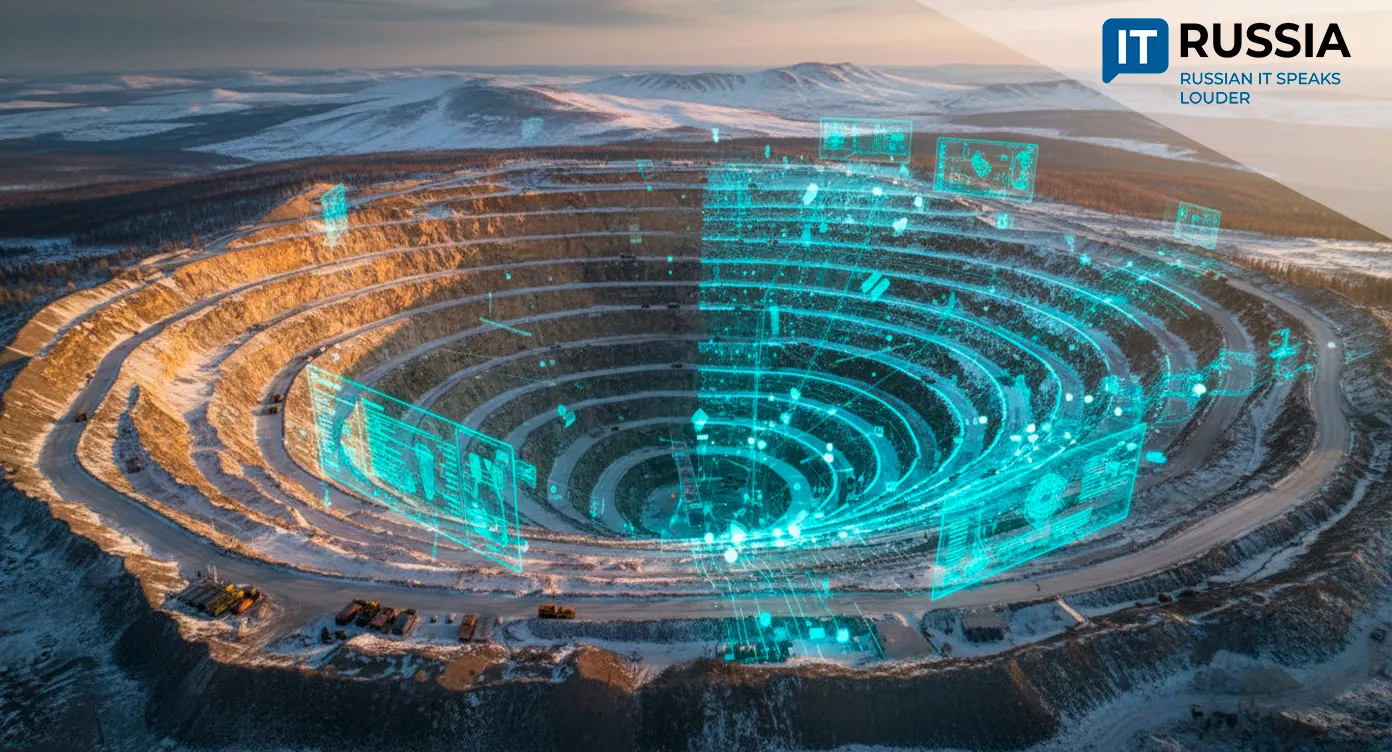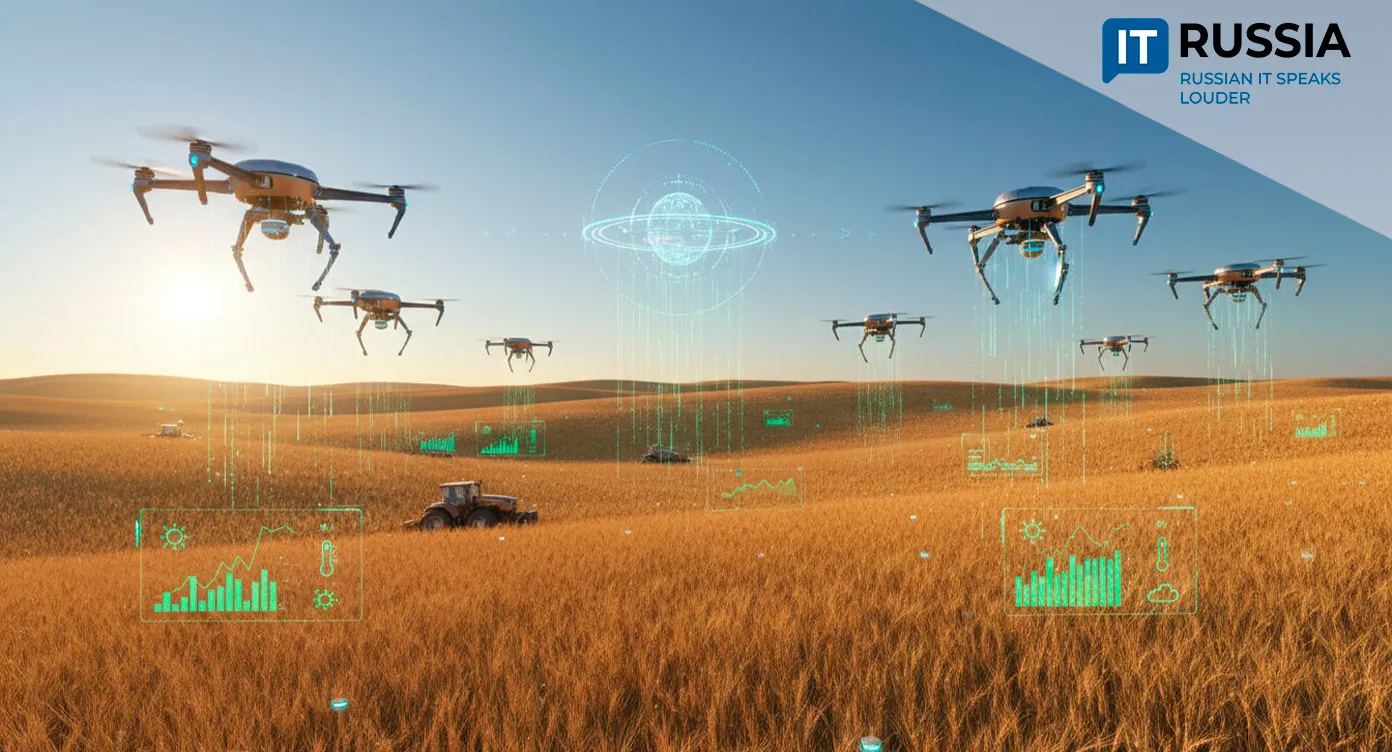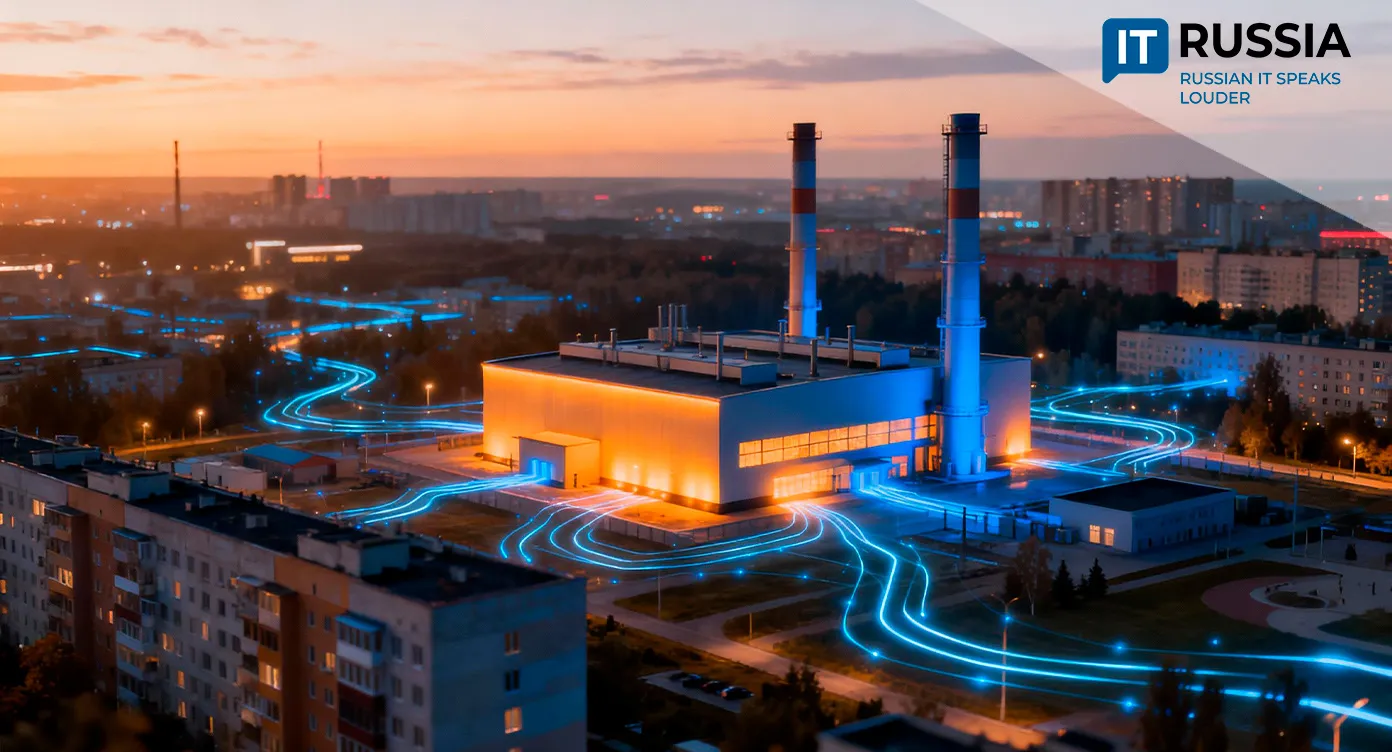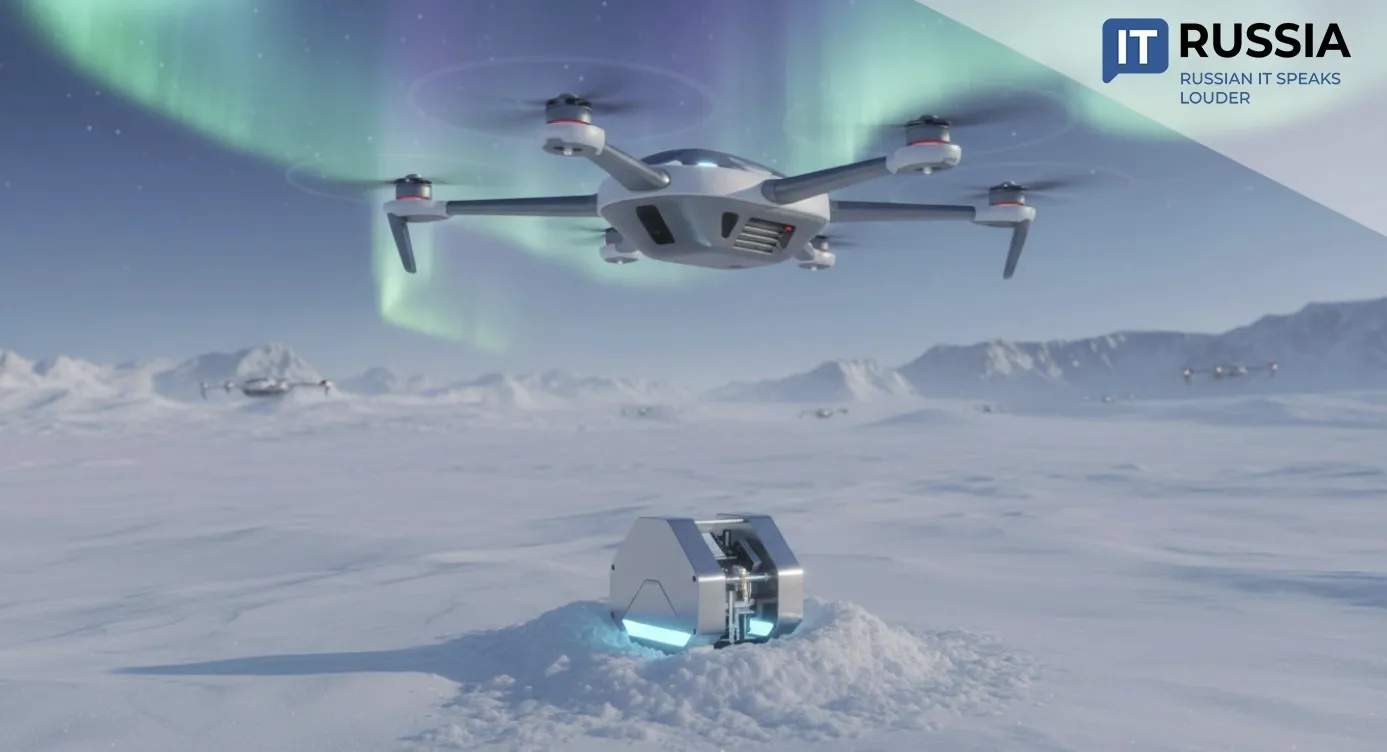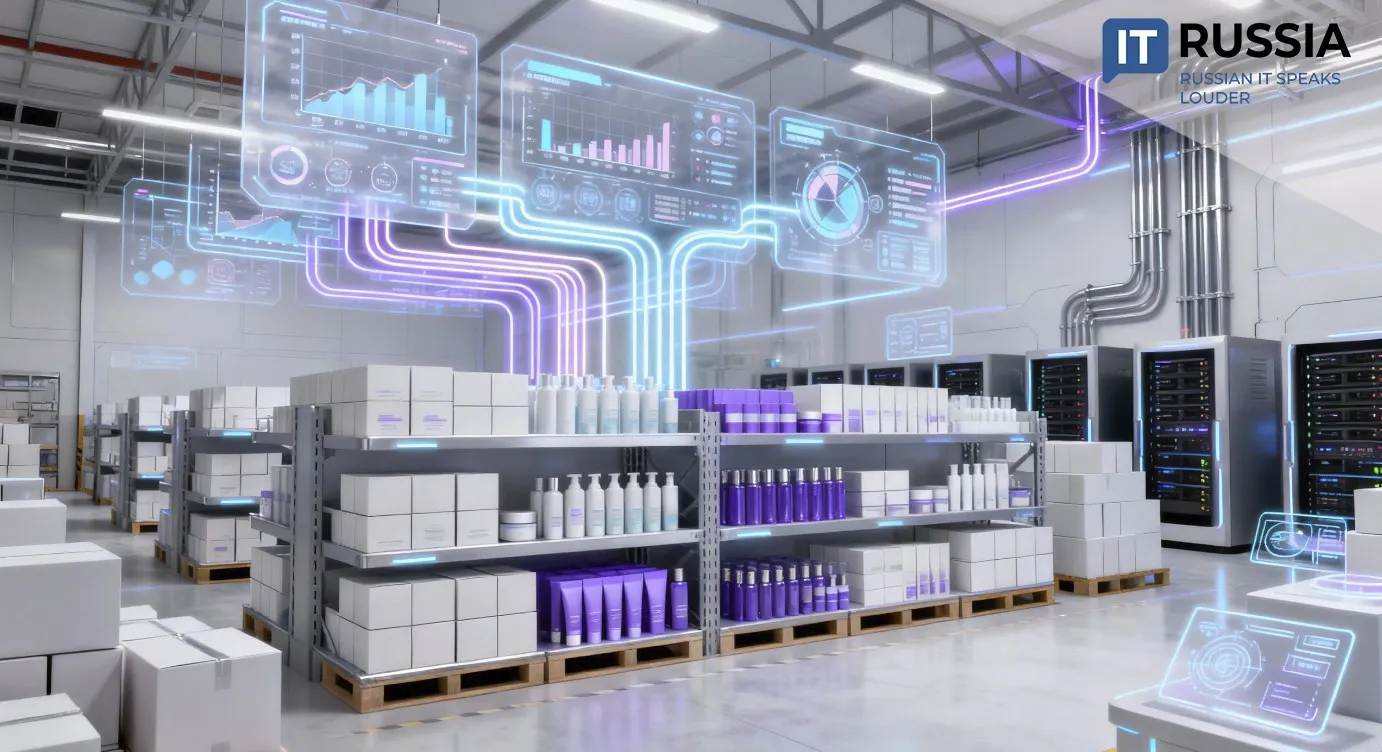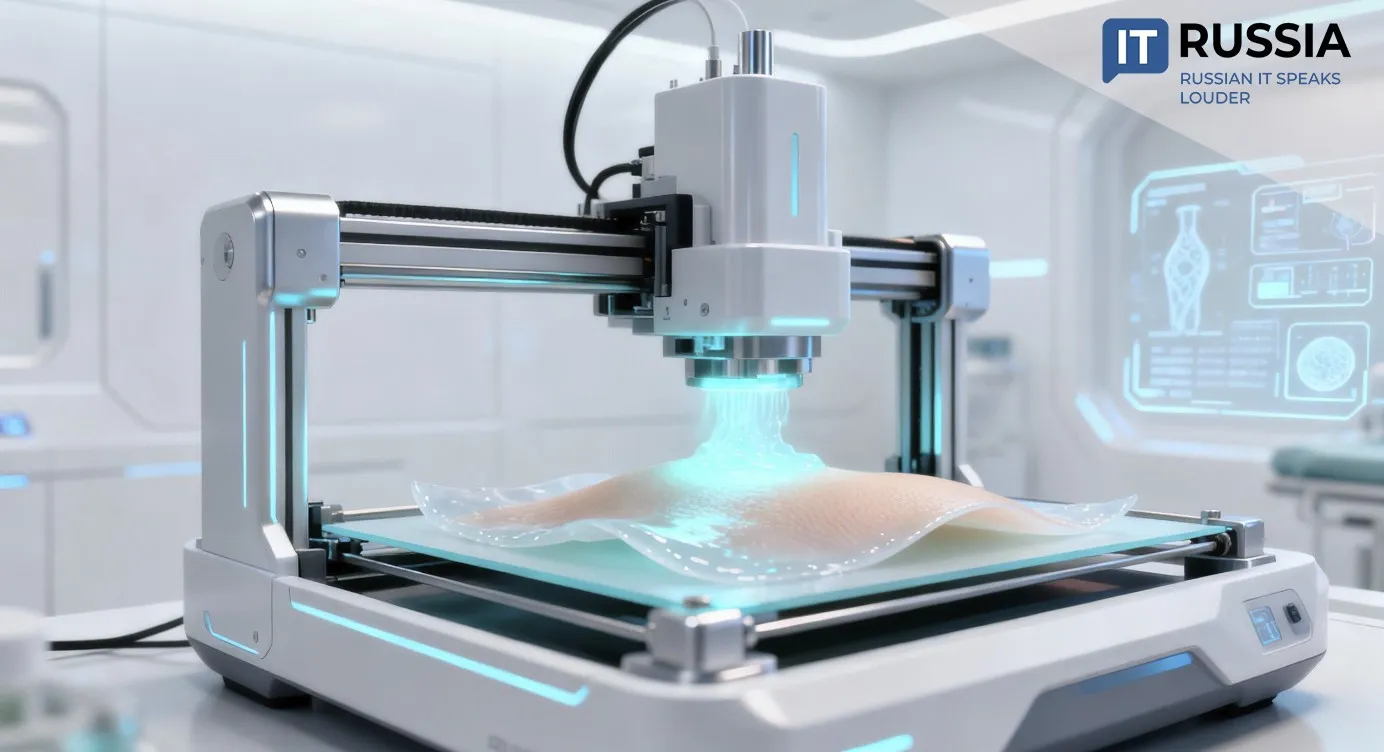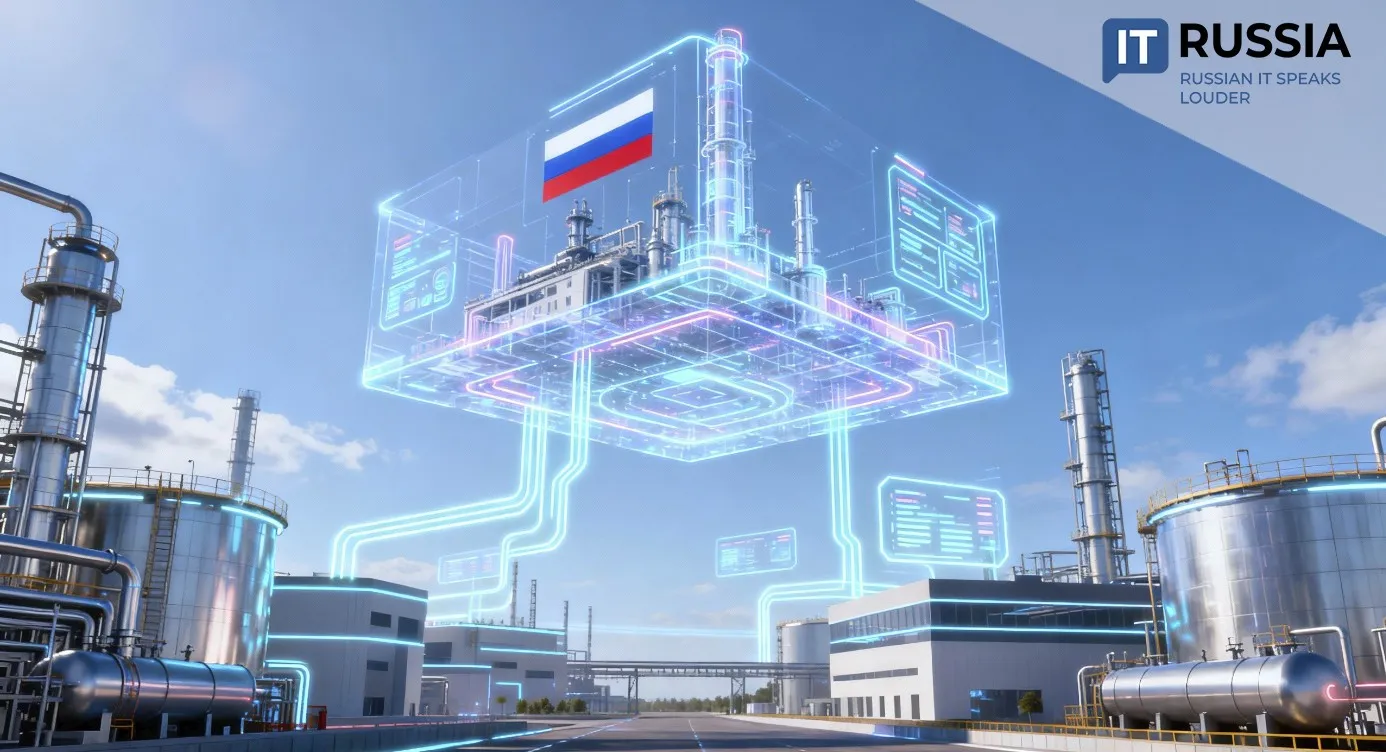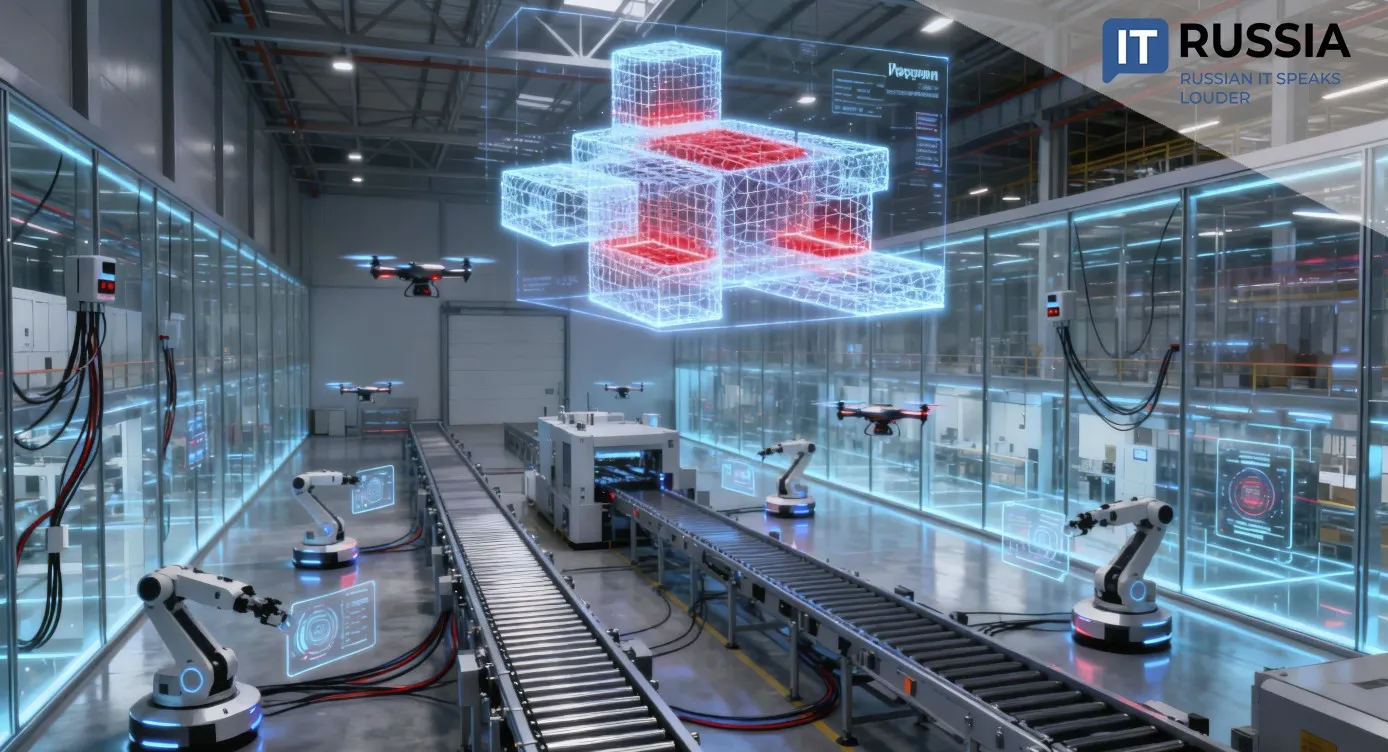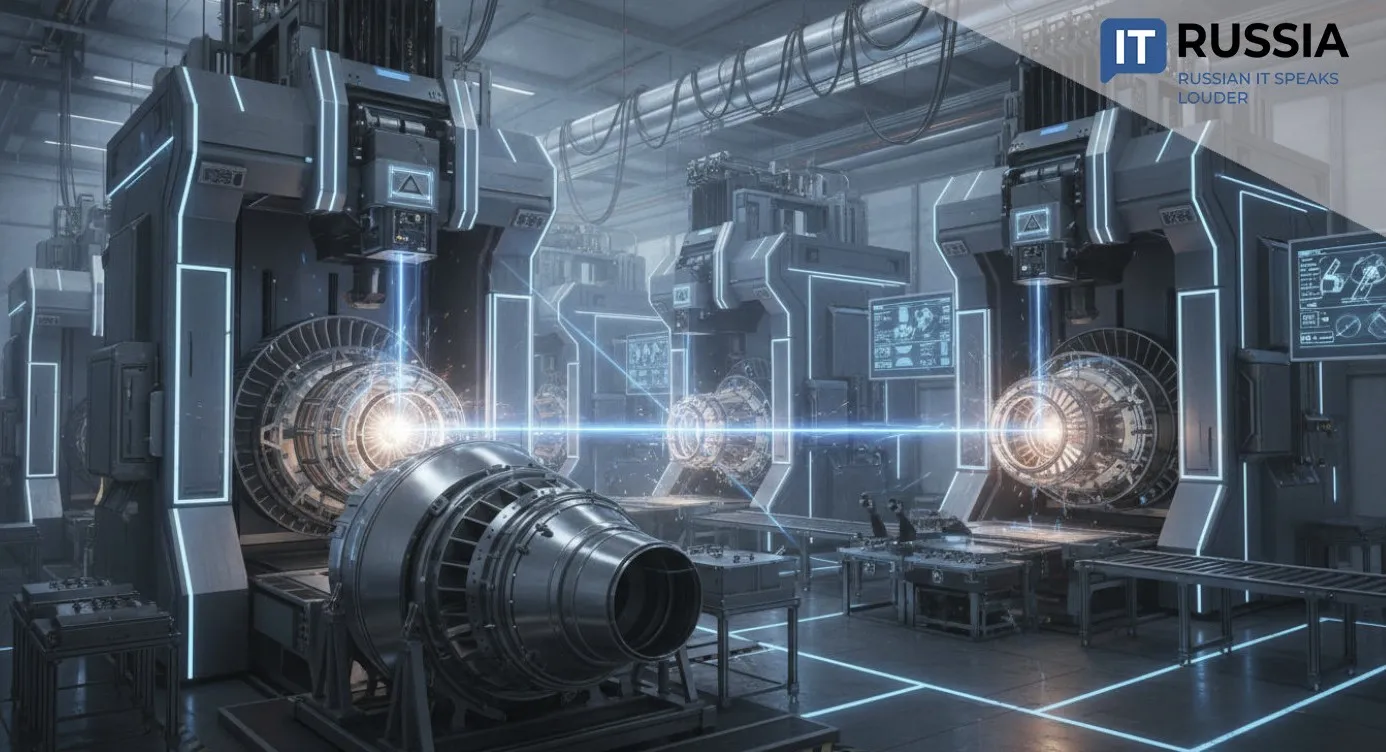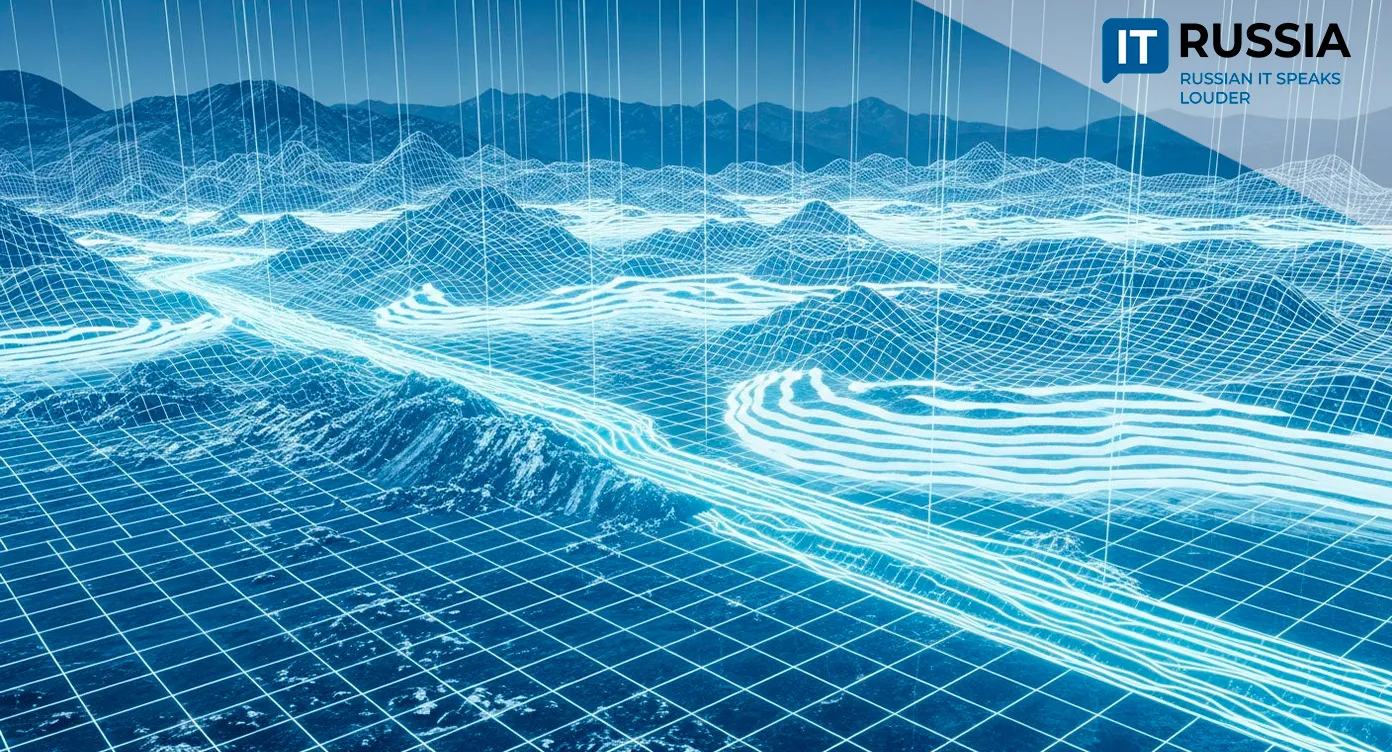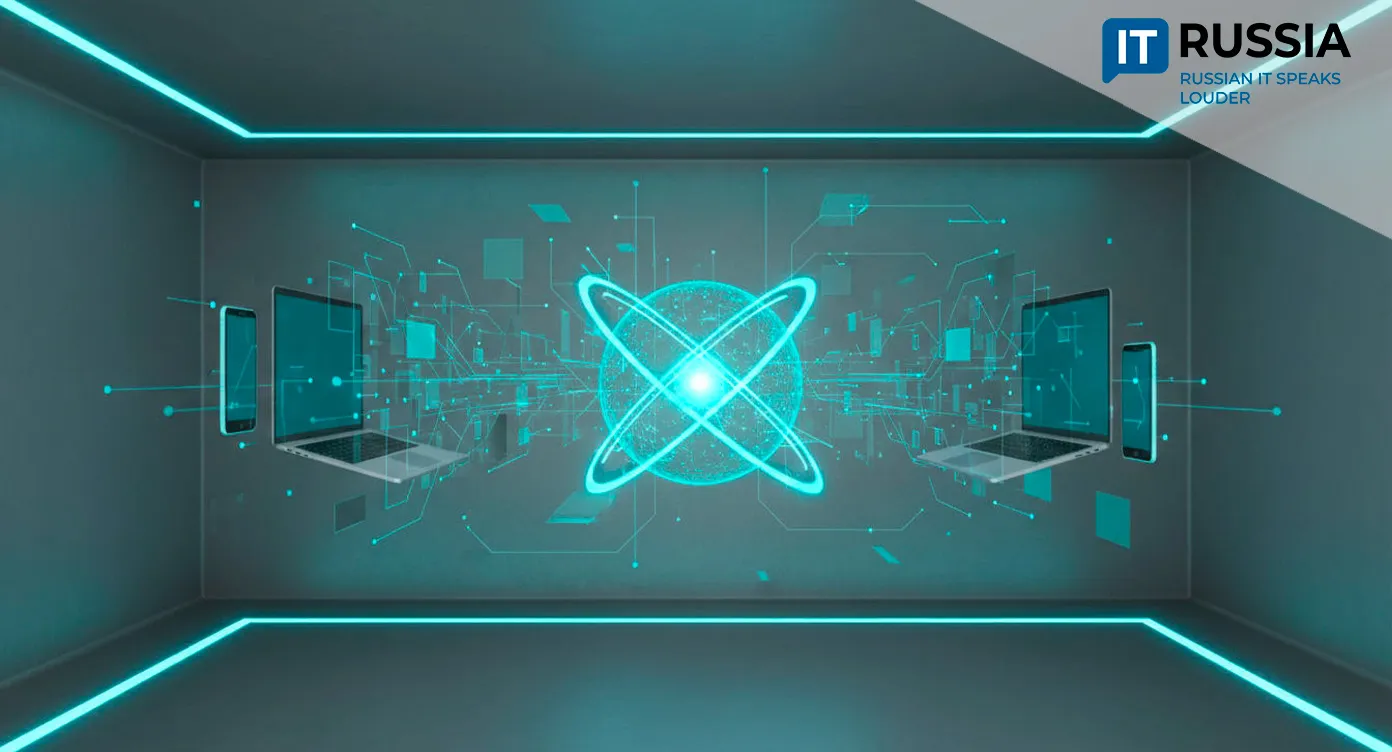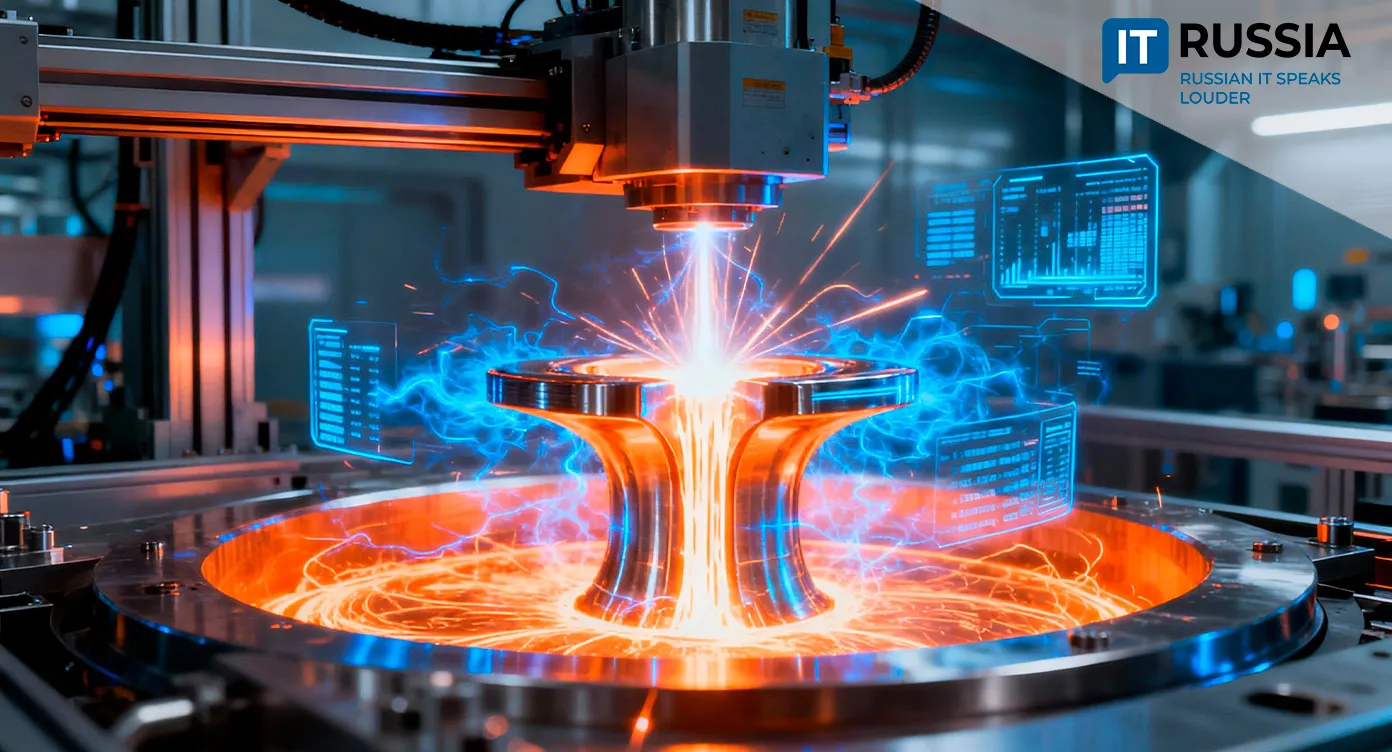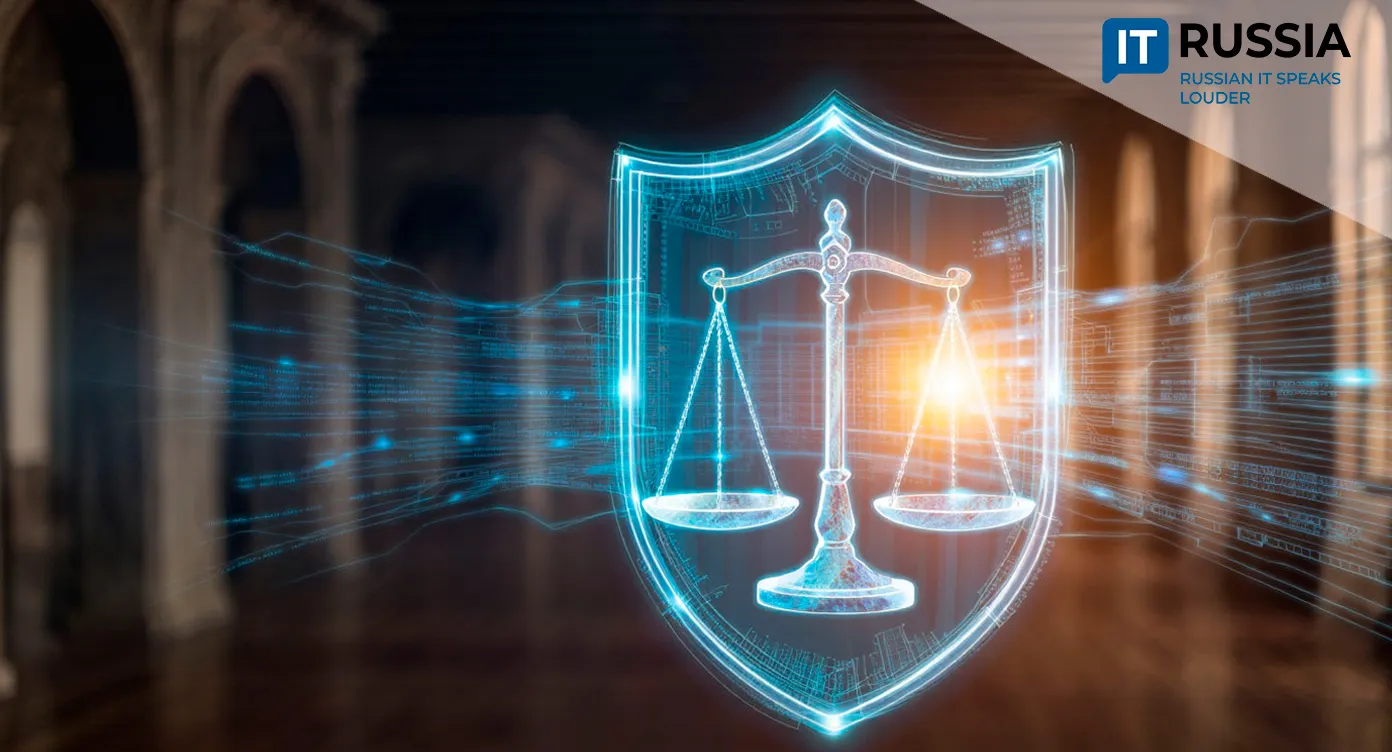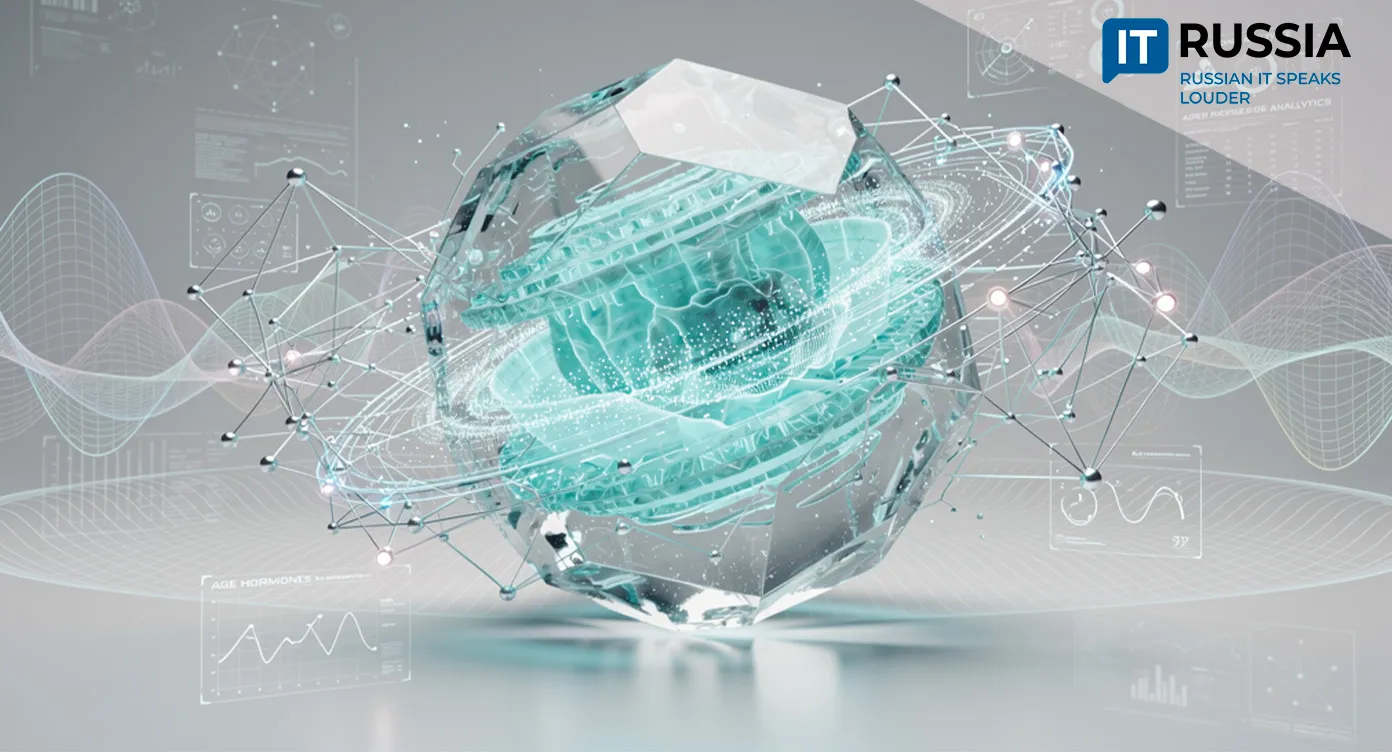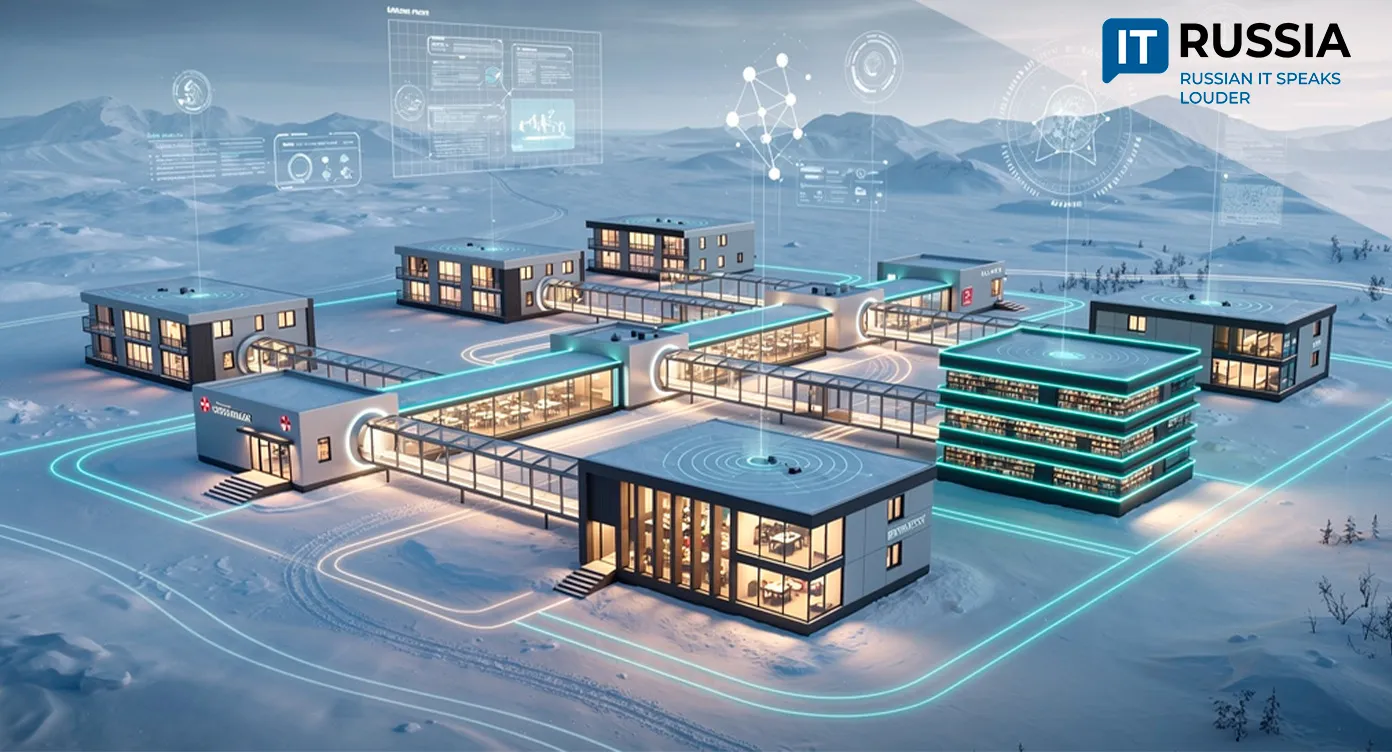The Power of Prediction: How Russian Researchers Are Reinventing Energy Efficiency in Mining

Stochastic analysis may soon become one of the most discussed terms in the global mining sector. At Russia’s National University of Science and Technology (MISIS), researchers have developed a mathematical model capable of boosting energy efficiency at mining enterprises by up to 20%. This is not just theory, but a practical tool built on a cutting-edge econometric model known as Stochastic Frontier Analysis (SFA).
From Randomness to Structure
Stochastic analysis in mining is an approach to energy management that helps identify which equipment parameters are genuinely efficient and which are not.
At the core of the technology is a “smart accounting” system that creates a digital twin of energy consumption. Each piece of heavy equipment—from excavators to crushing complexes—is fitted with sensors that record thousands of real-time parameters: load, operating mode, temperature, torque, and more.
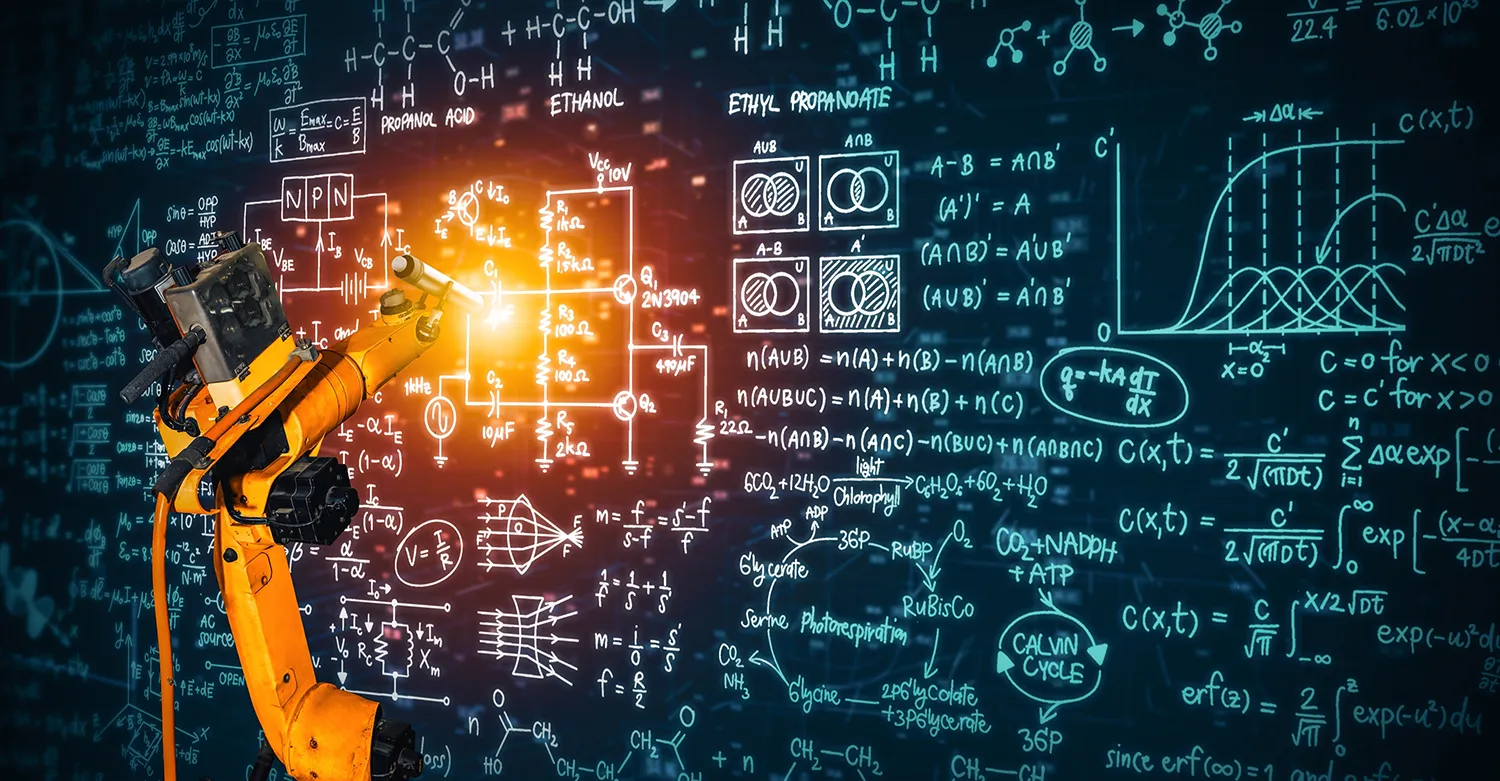
The algorithm processes this big data to build an idealized energy consumption profile under specific operating conditions. It then calculates the hidden energy losses—the delta between real consumption and the mathematically optimal model. Industry studies show this gap can account for up to 25% of energy use, presenting a huge opportunity for optimization.
Testing was carried out using data from 2021 to 2023 at a Siberian coal mine, covering nearly 5,000 work shifts. The analysis revealed unaccounted energy losses in heavy equipment, such as excavators and haul trucks, ranging from 4.5% to 20.7%.
Another advantage: the model distinguishes between random factors (like poor weather) and systemic losses caused by equipment wear, suboptimal settings, or operator errors.
Millions in Savings, Lower Carbon Footprints
Mining operations—ore crushing, hauling, ventilation, and processing—consume enormous amounts of energy. Even small efficiency gains, when scaled across the industry, translate into millions in savings. Energy intensity is one of the sector’s biggest challenges, and this model directly addresses it.
What sets the MISIS approach apart is its shift from expert guesswork to precise data-driven management. Beyond cutting costs, the model allows companies to forecast expenses, optimize equipment loads, and prevent premature wear.
The environmental benefits are just as significant. Energy use is directly tied to CO₂ emissions. A 20% efficiency improvement translates into meaningful reductions in carbon footprints, aligning with global ESG trends and helping companies prepare for measures like cross-border carbon taxes.

For Russia’s mining regions, the broader impact could be transformative: lower operating costs strengthen enterprises, attract investment, and stabilize local economies.
Building a Technological Edge
These achievements are the result of years of groundwork. Over the past five years, MISIS has advanced IT in mining, presenting research on digital twins, predictive analytics, and autonomous machinery at the international Miner’s Week 2025 symposium. The university has also collaborated on econometric models to optimize resource use in Russia’s PenzaStankoMash industrial cluster.
The SFA-based model has applications beyond mining. It can be adapted for oil and gas, metallurgy, and quarrying, with potential integration into Industrial IoT platforms and automated process control systems (APCS).
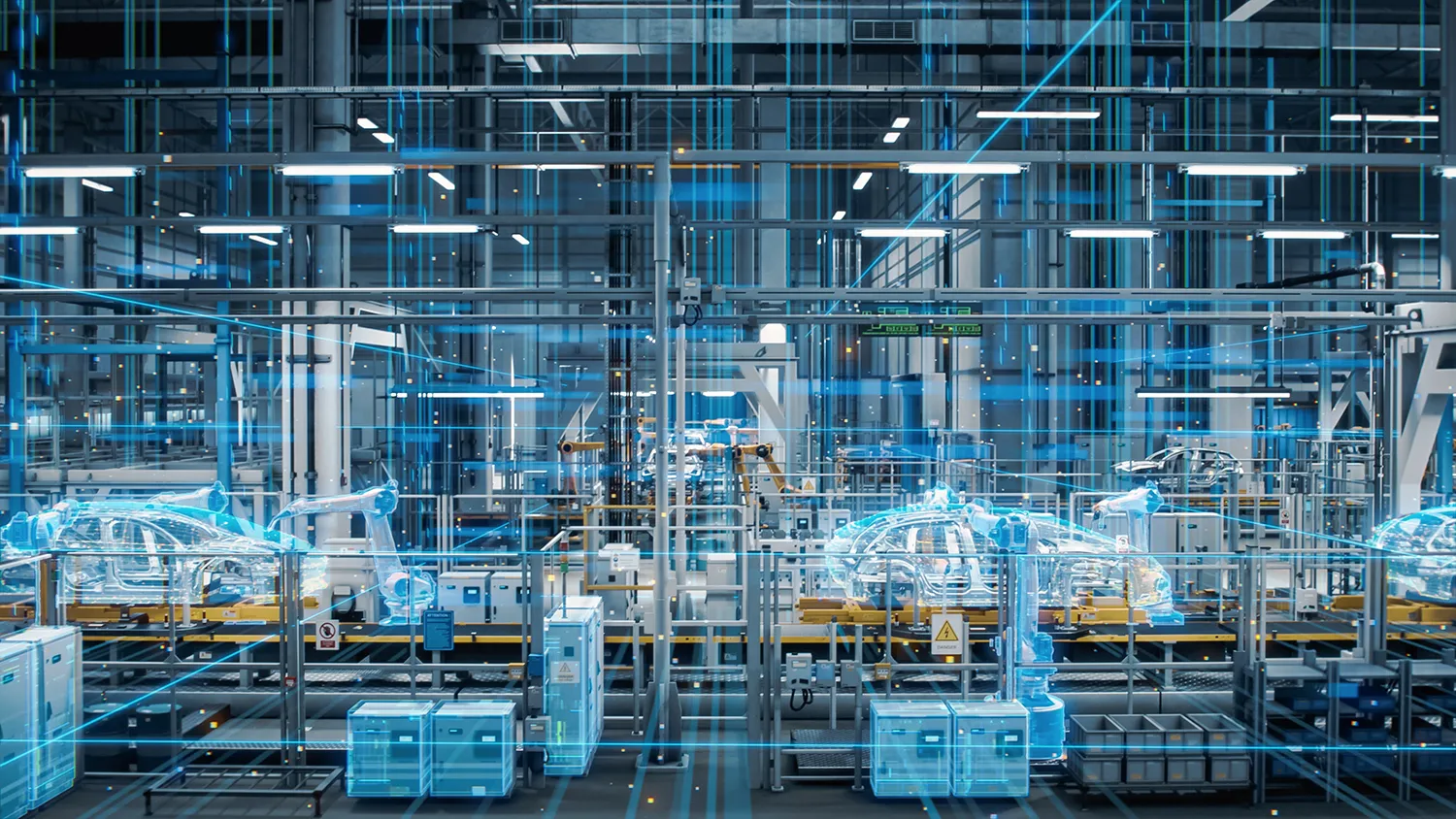
This aligns with Russia’s Priority 2030 program, which emphasizes the development of homegrown science that delivers market-ready products. By creating exportable high-tech solutions for resource-heavy economies, Russia positions itself as a supplier to countries like Chile, South Africa, and Kazakhstan, where demand for efficiency tools is rising.
The next stage of development will likely incorporate artificial intelligence—not just to detect losses, but to predict and autonomously correct them.



